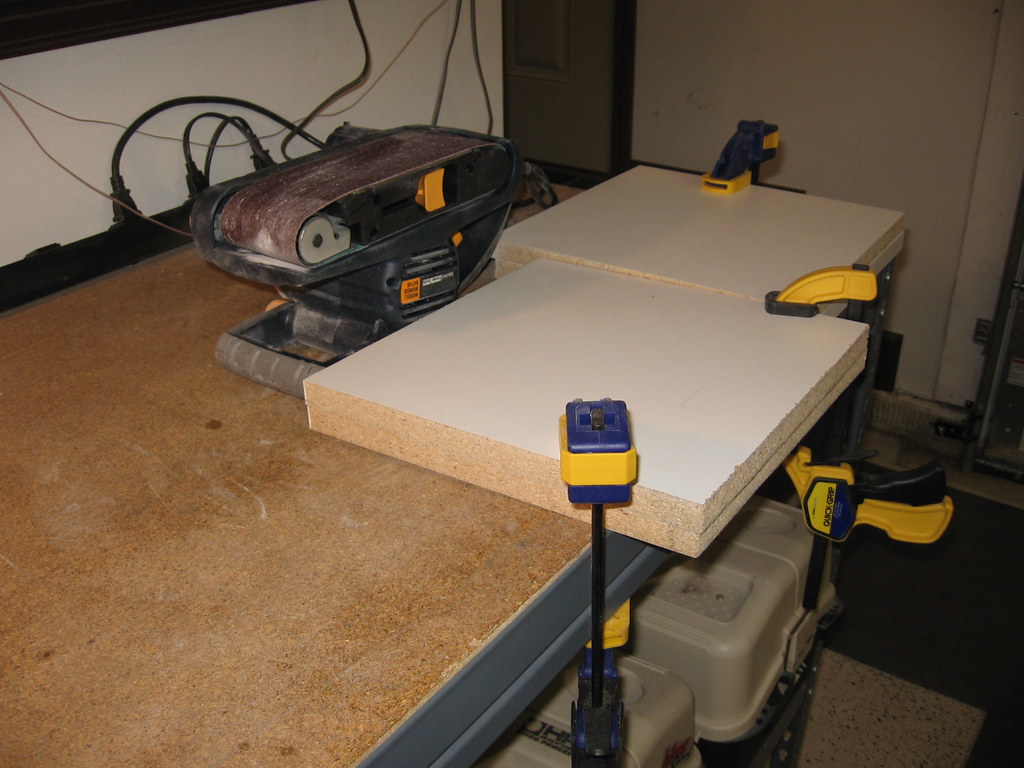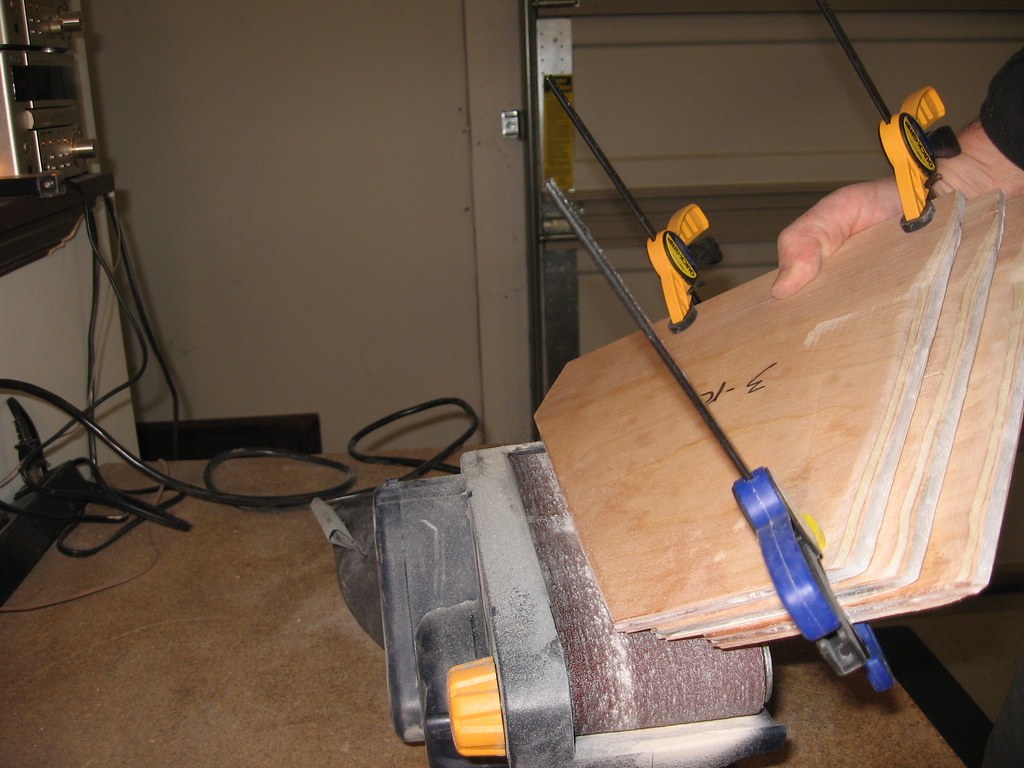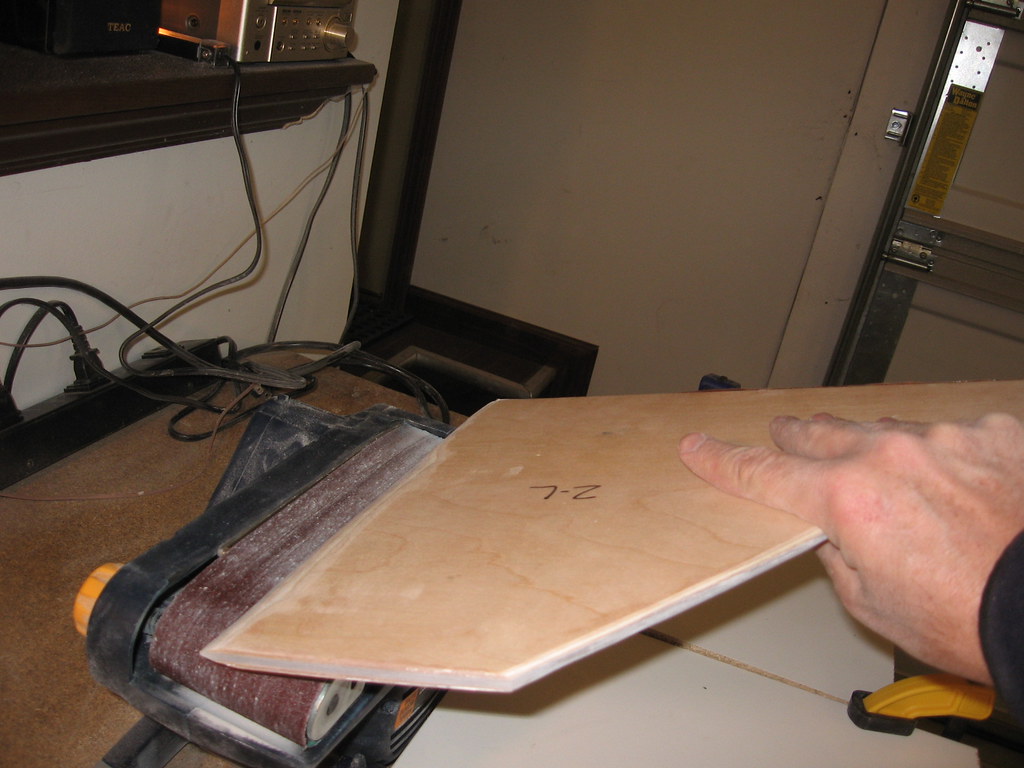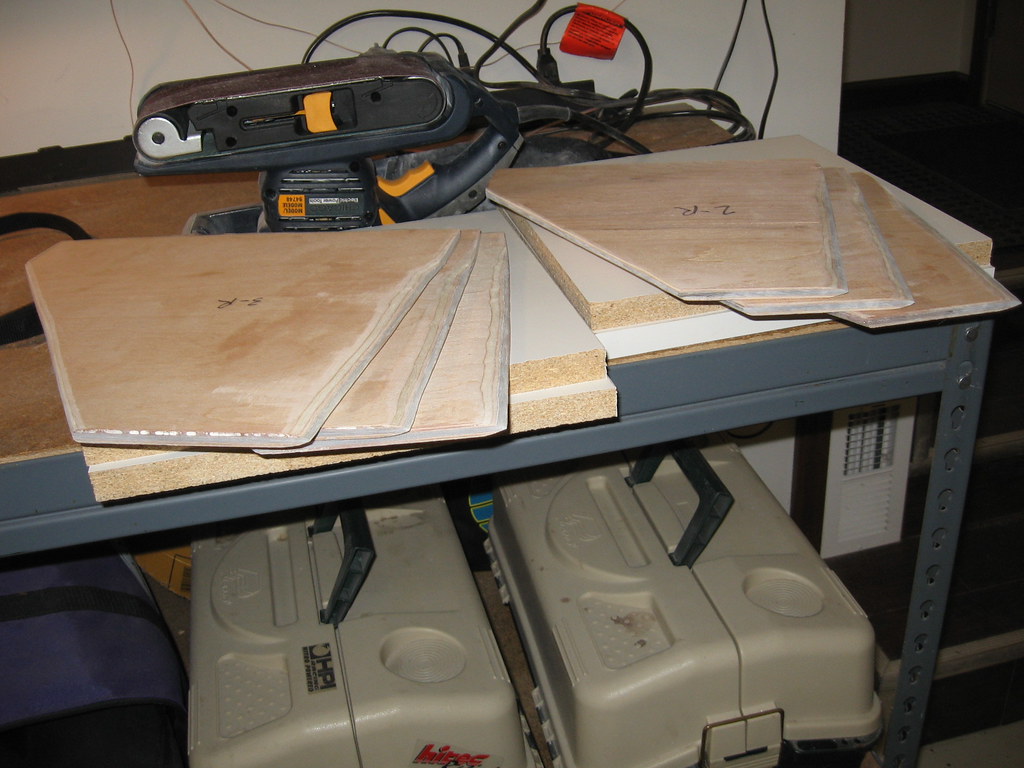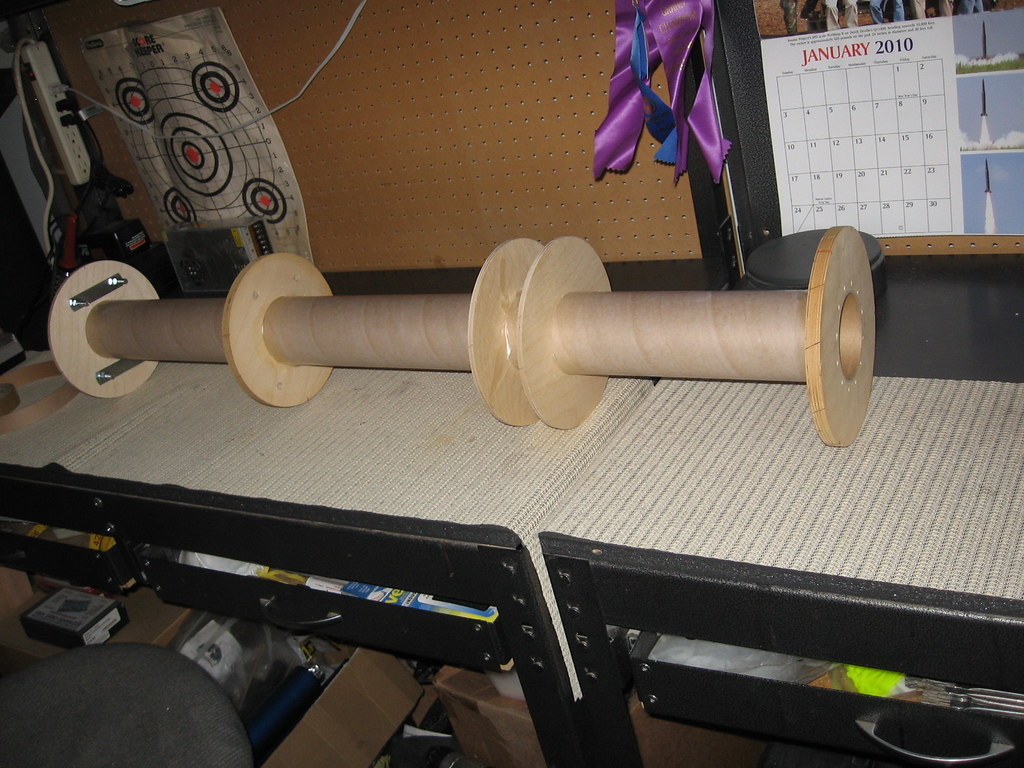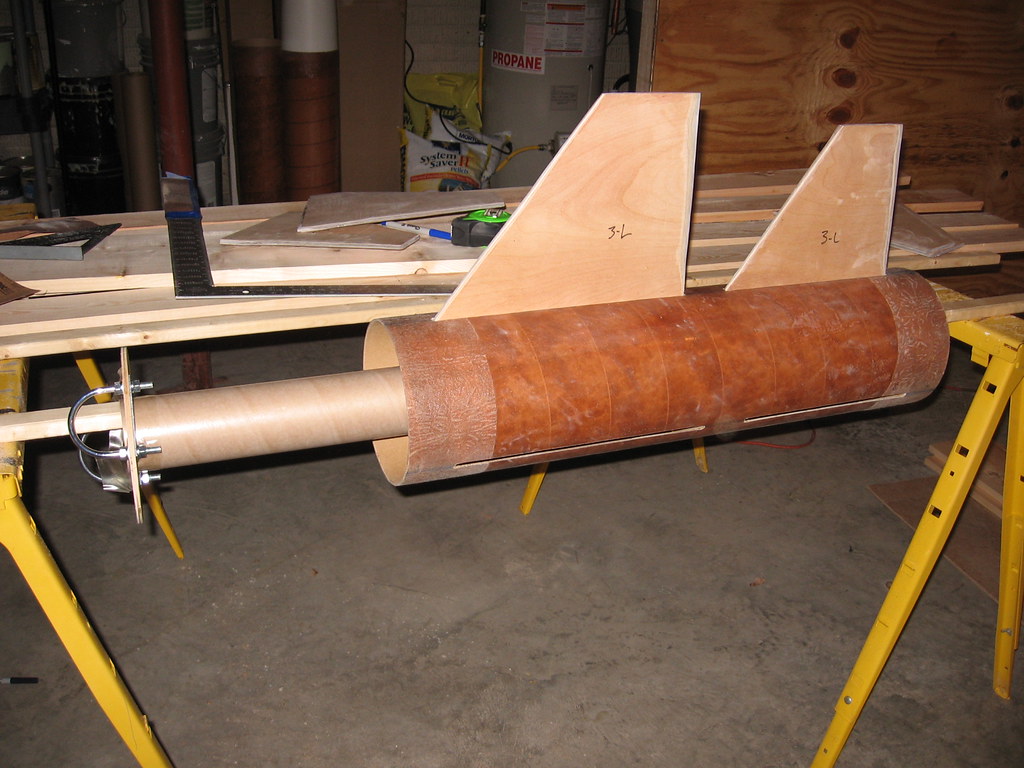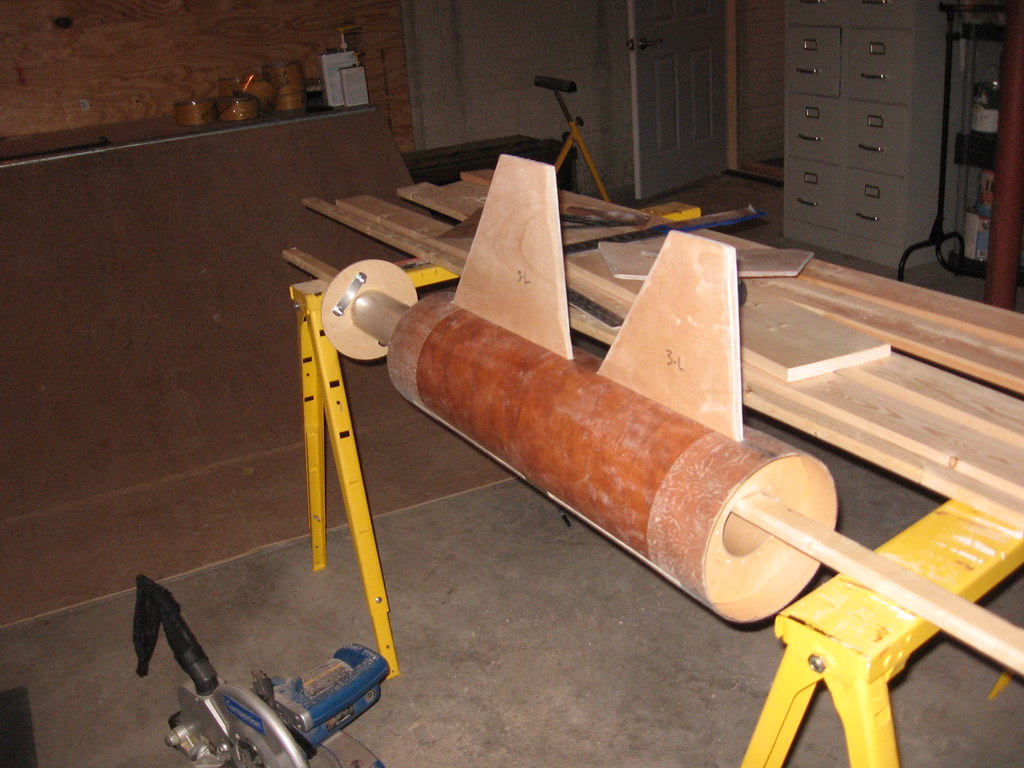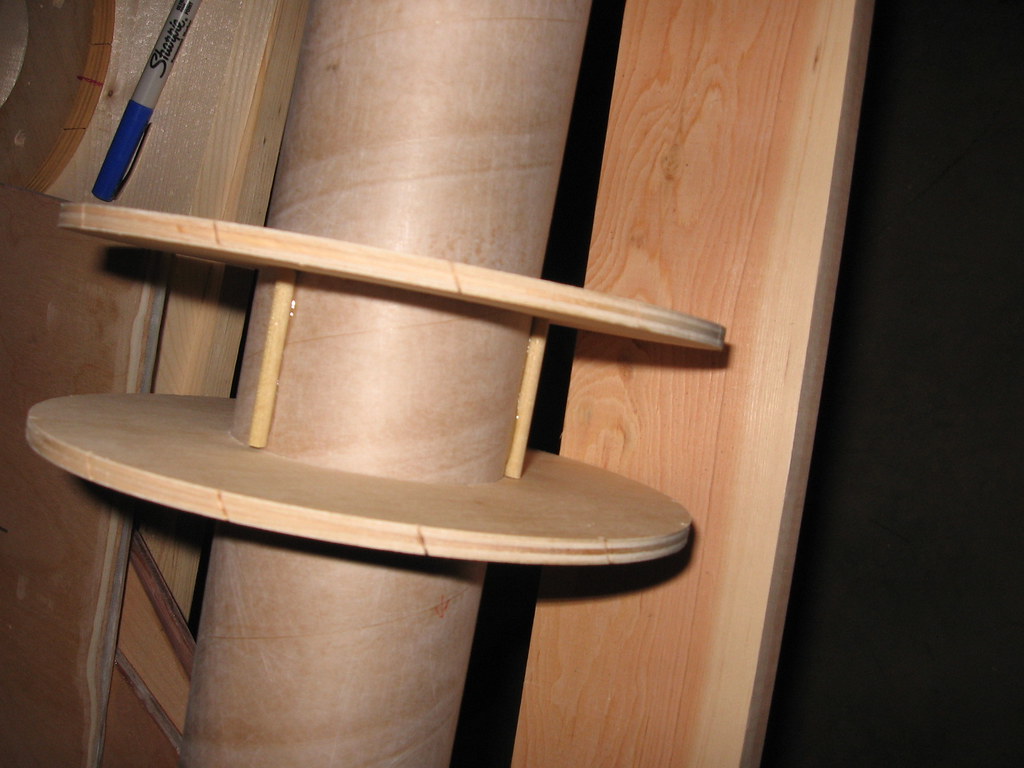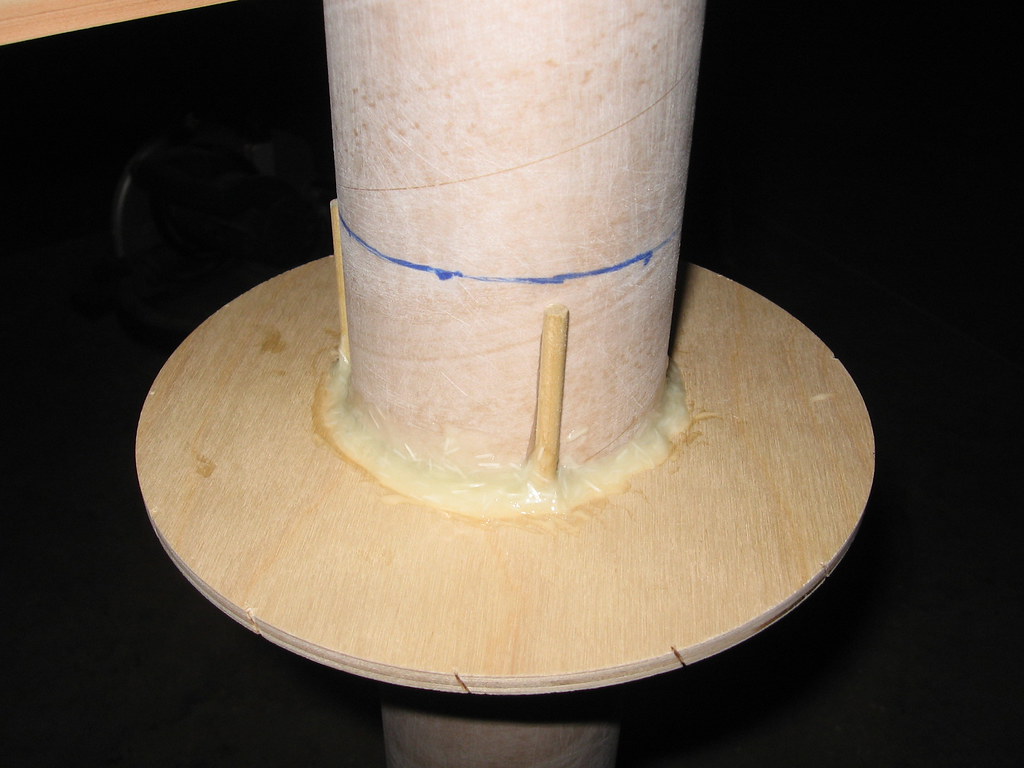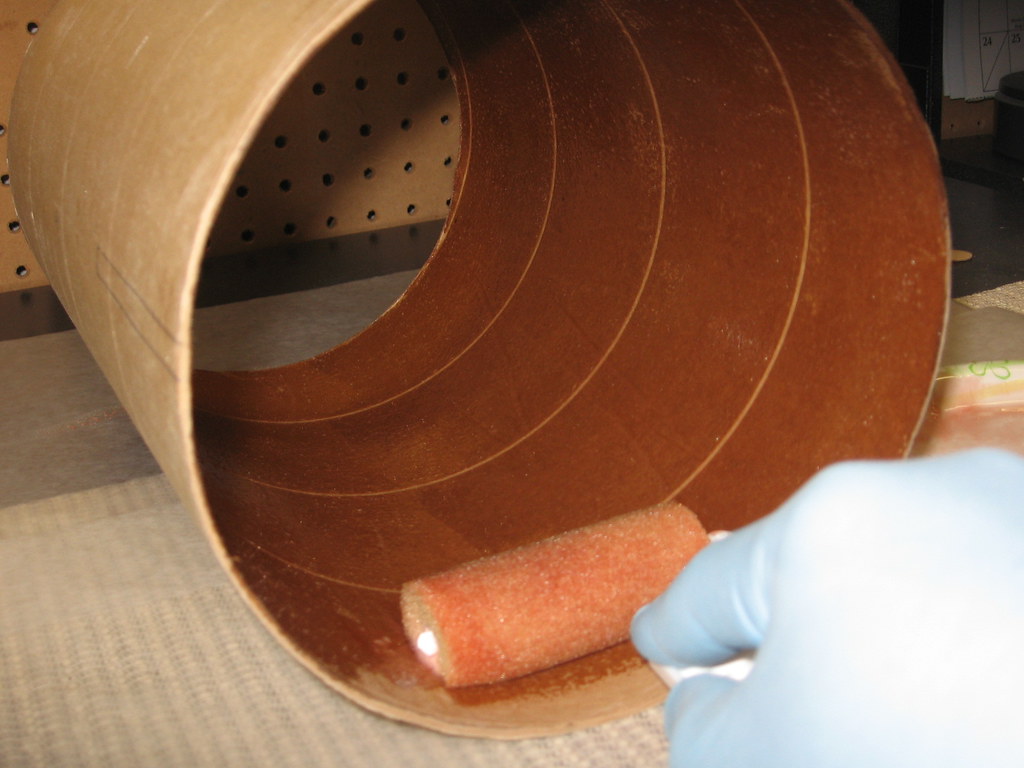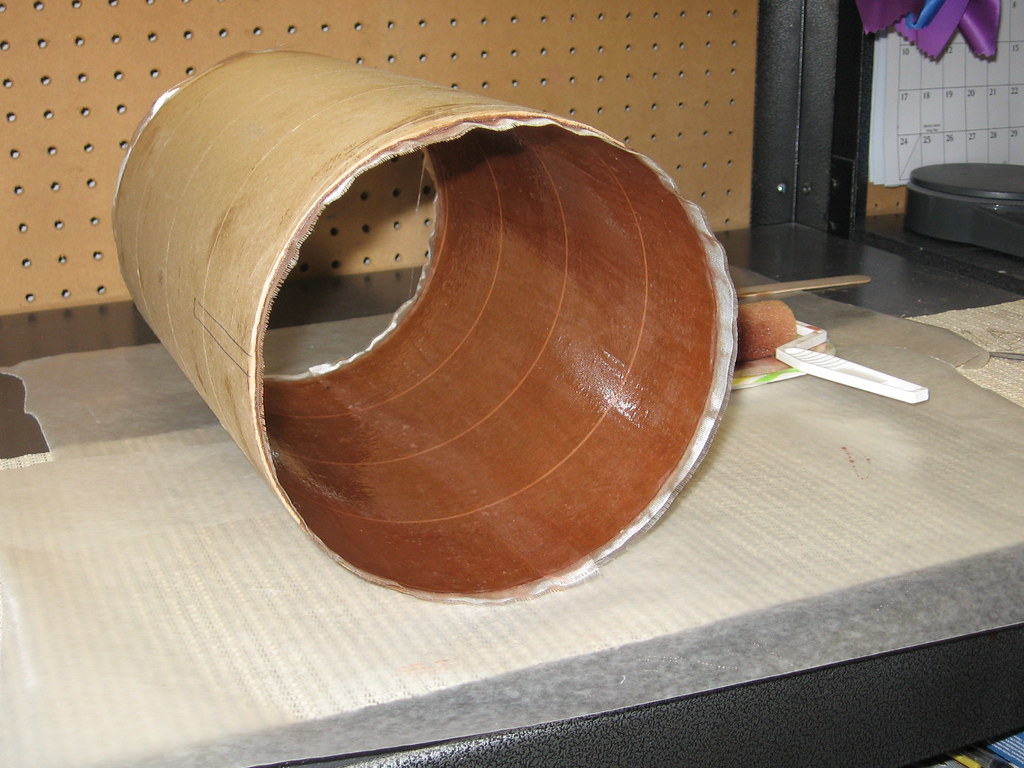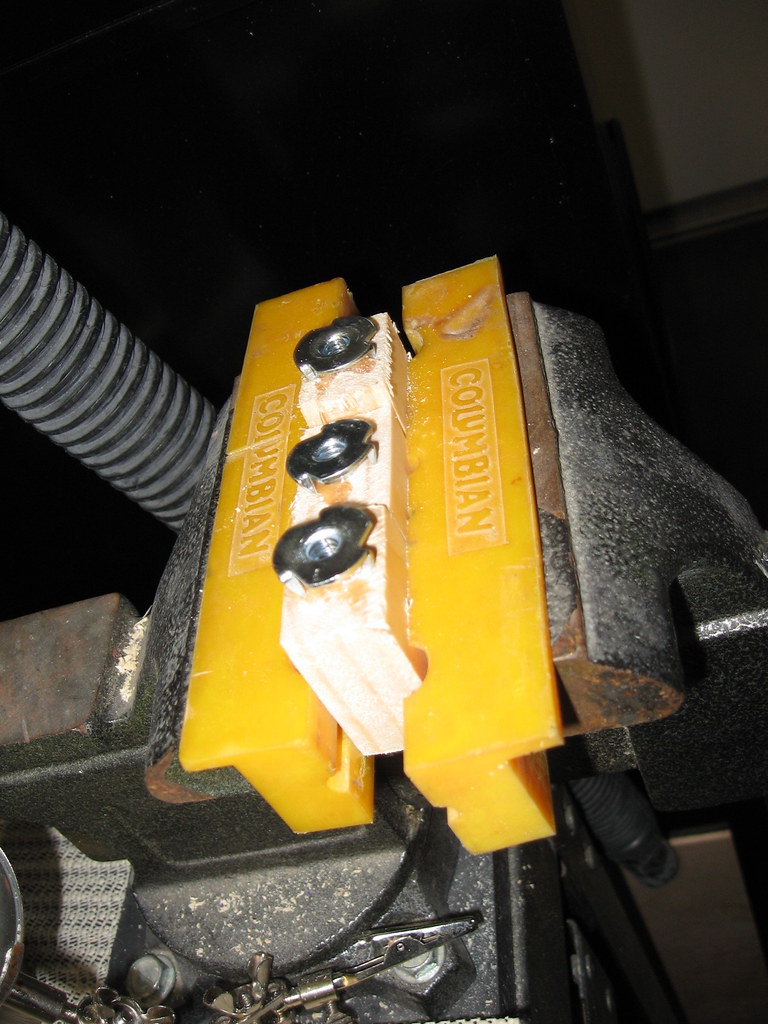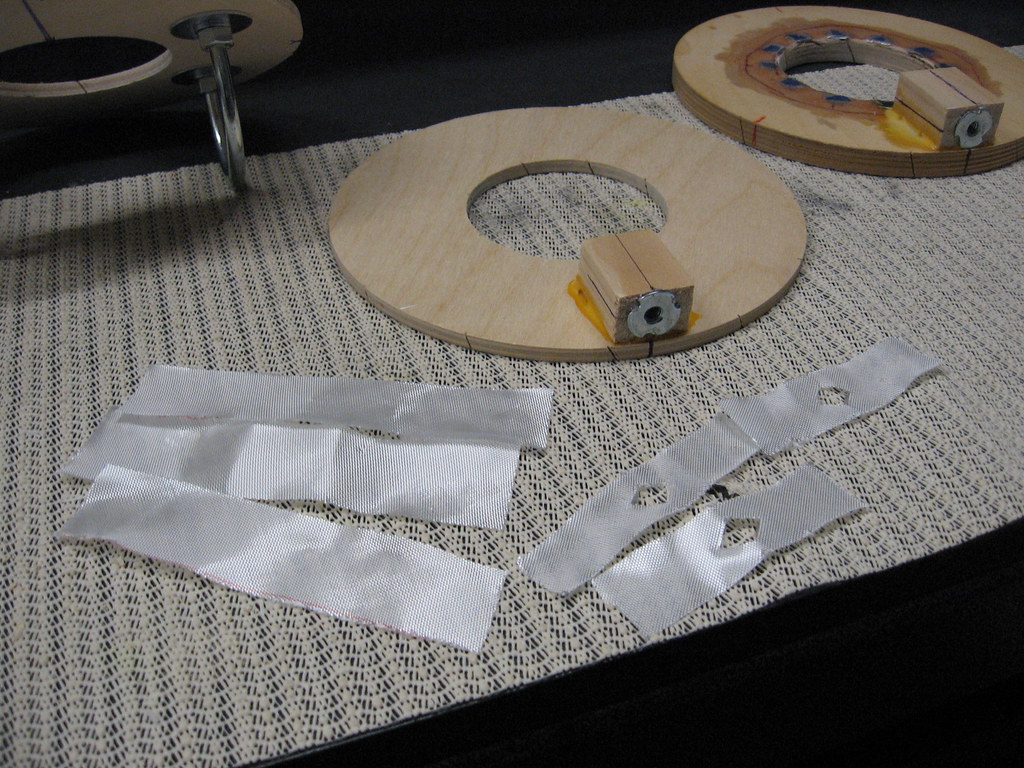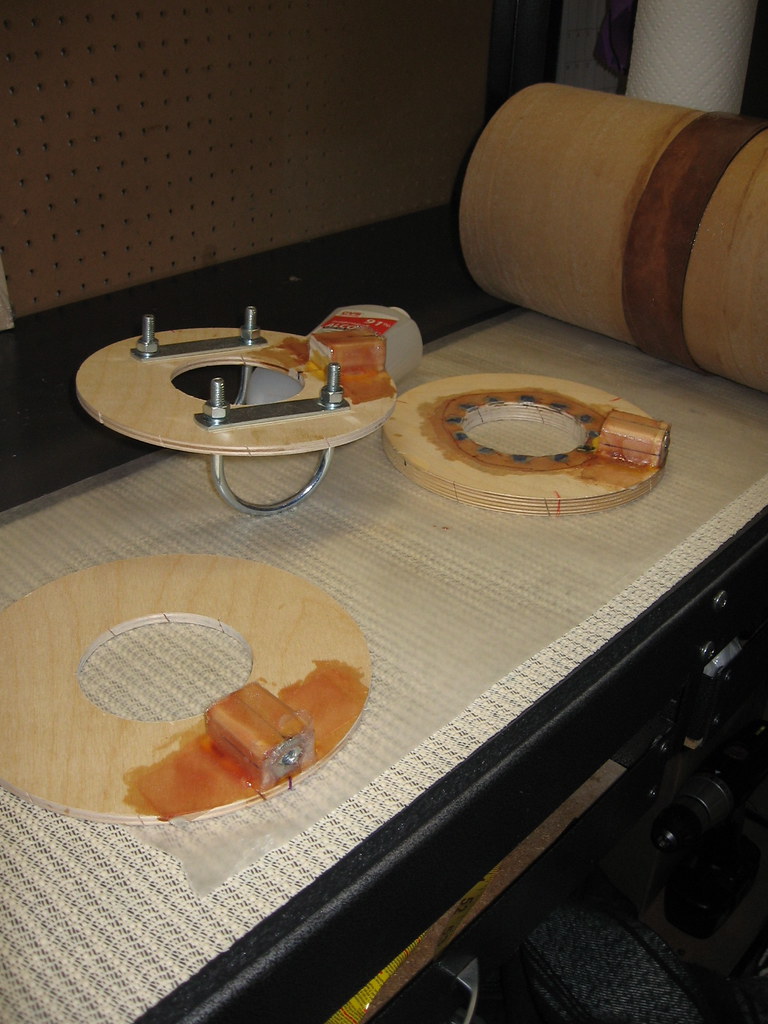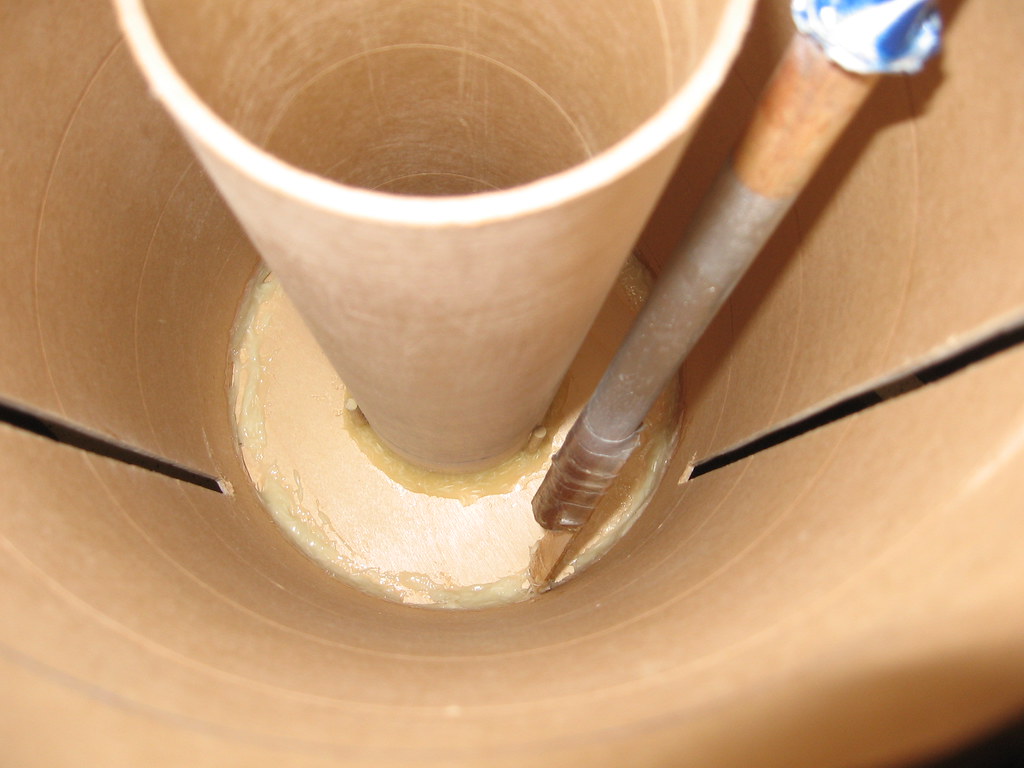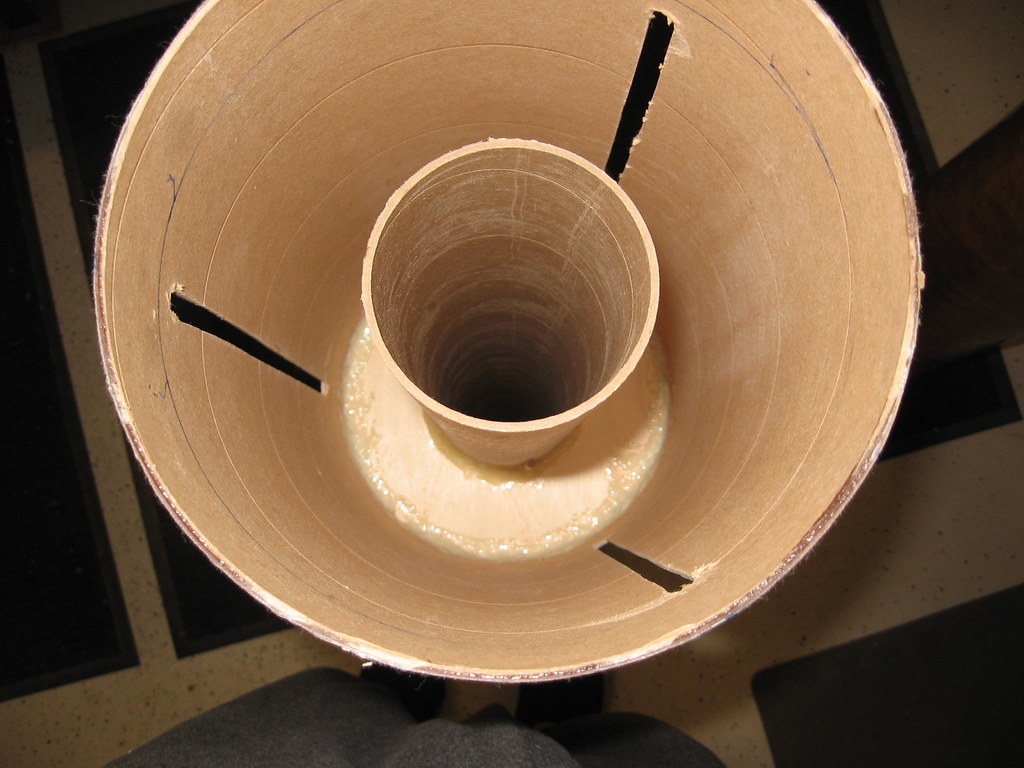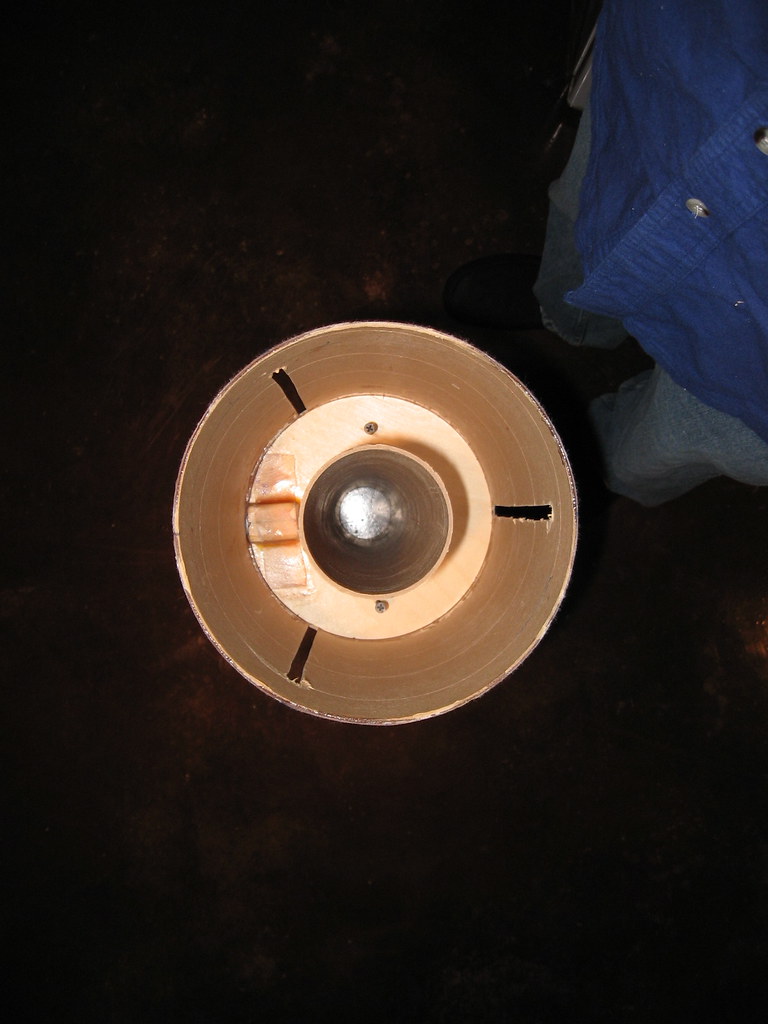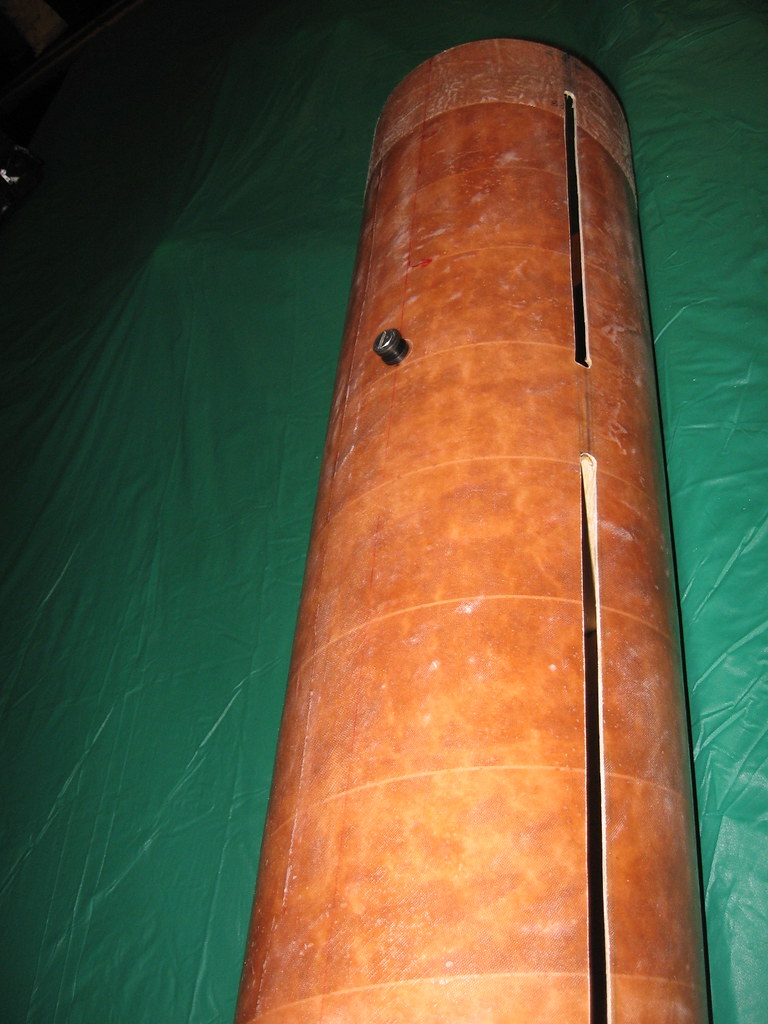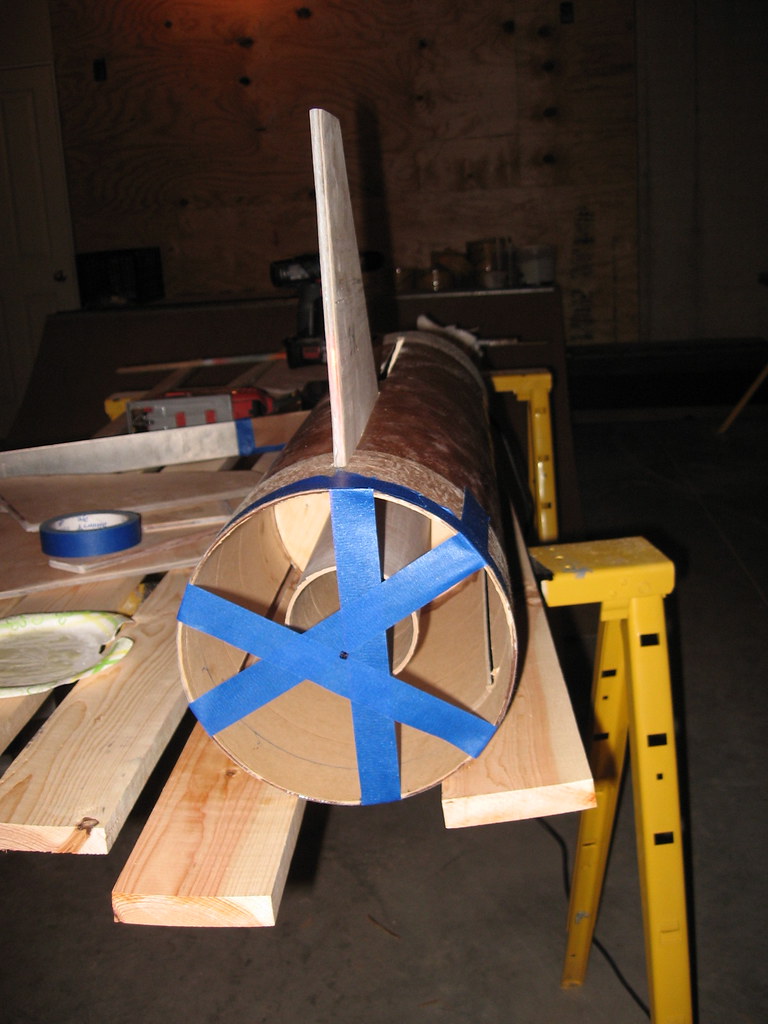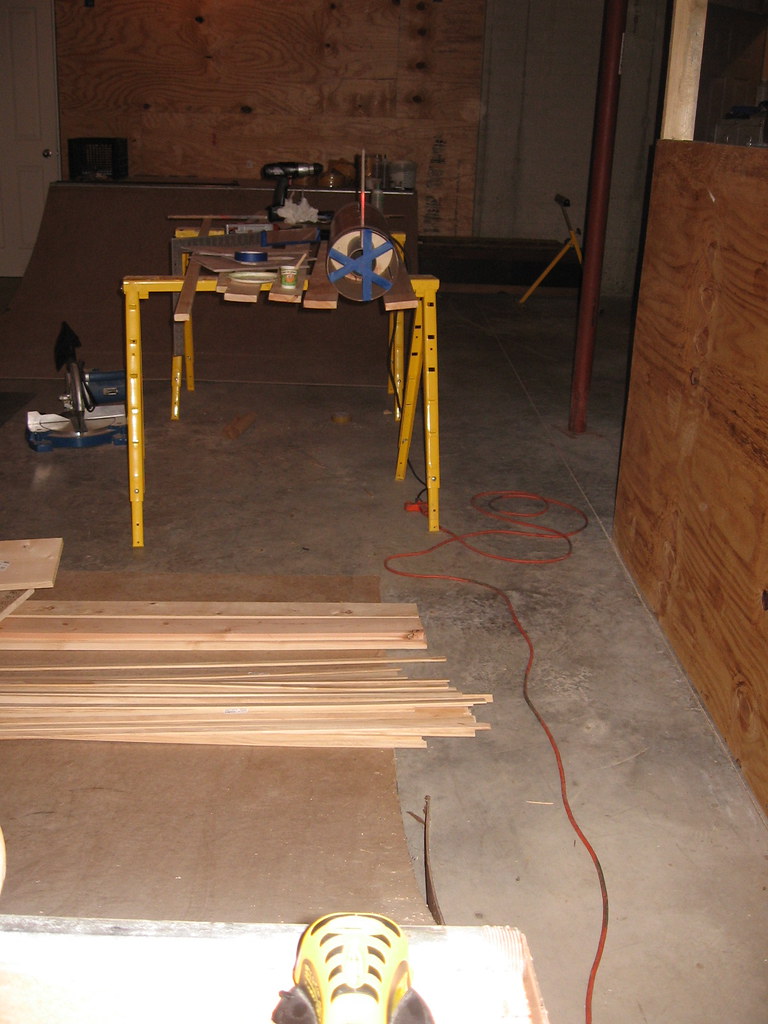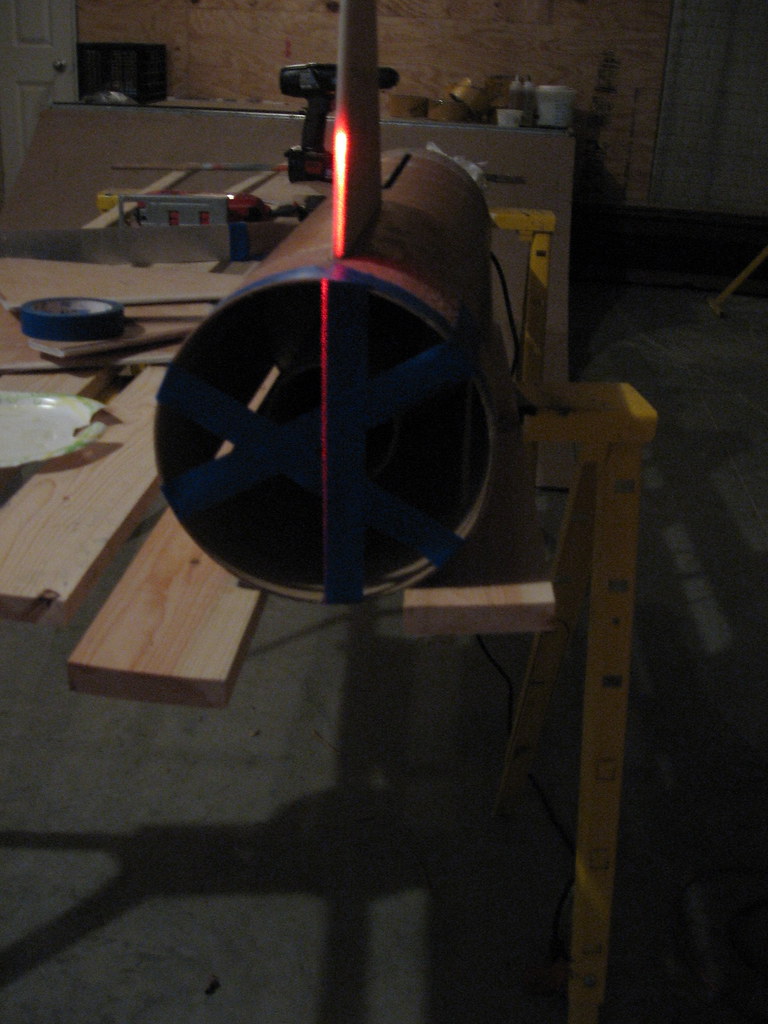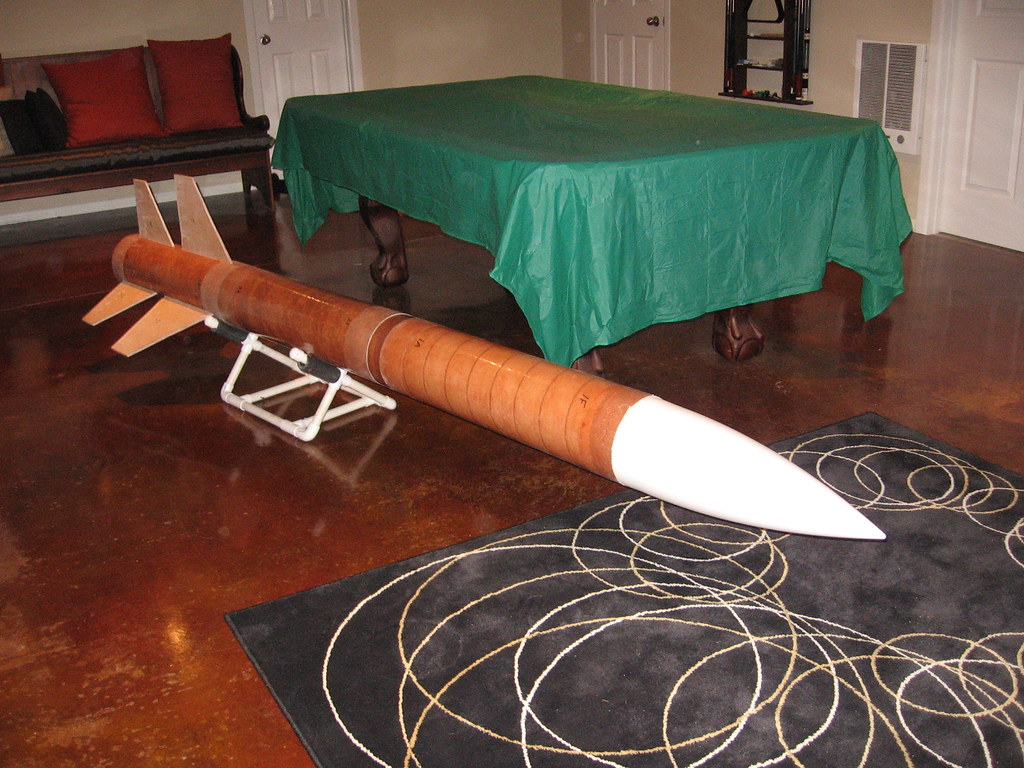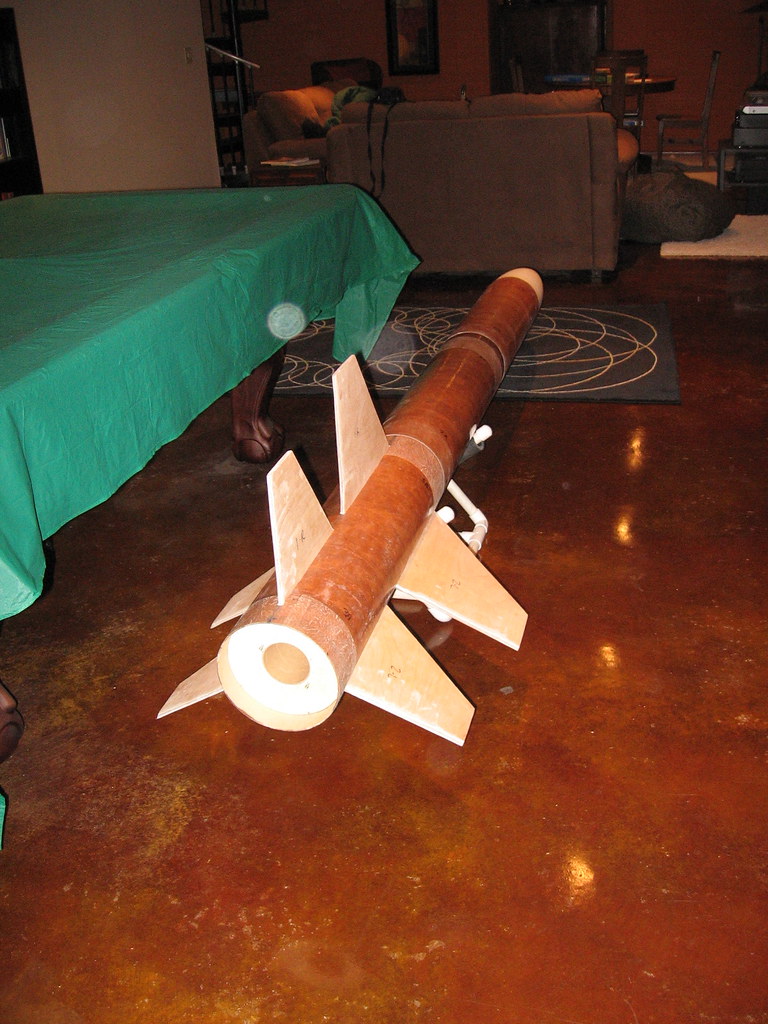dixontj93060,
You mentioned how others may do their fin alignment.
Have you considered using a machinist's combination square with a centering head, and level and or angle finder?
https://en.wikipedia.org/wiki/Combination_square
When I was a pipefitter I used the machinist square a lot.
The center head attachment slides along the machinist rule and can be tightened down.
You place the airframe tube in a somewhat level position and can clamp it or secure it to start.
Take the machinist combination square (12" rule, 90 degree attachment, and the center head) and loosen the centered so that it will slide on the rule.
Hold the rule vertically about top dead center on the airframe.
Bring the centered down to the airframe so each side touching is flat on the tube. The rule should be just touching the tube as well.
Tighten the center head.
Now you have a tool that when placed anywhere on the airframe will touch it at a point that will be perpendicular to the outside (O.D.) and the rule will point to the center of the airframe. In effect the rule becomes a segment of the "ray" that goes out from the counterpoint to infinity.
To find the actual top dead center of the tube put a level on the square attachment and roll the combination until level. You can use a torpedo level or pendulum type angle finder.
Once level, at the point where the rule touches the airframe make a tic mark. This is top-dead-center. The base reference point for all other points on the 360 degree tube.
If you are just starting the marking process for fins you can make the 0-degree where the first fin center goes, roll the combination to the side so that you are now 90 degrees out and mark, you now have the center of the second fin (if 4 fins).
For 3 fin placement instead of 90 edges you would go 120 from the 0-degree mark. See where I'm going here?
When attaching any fin you can roll the tube assembly so that that fin's reference mark is top dead center. Use your method to attach the fin. placing a level on the side of the fin you can check for plumb. If the fin reference is top dead center and the fin center is on its mark, the fin becomes a "ray" from the center of the tube.
Just keep repeating the process.
I was a marine pipefitter building submarines for 20 years. This is the method used when attaching fittings to the outside of pipe tube. I have done this on everything from main steam to diesel exhaust to nuclear. It works.
I have a combination square set on my bench right now and use for eyeballing fin placement on my smaller diameter rocket airframes.
William






